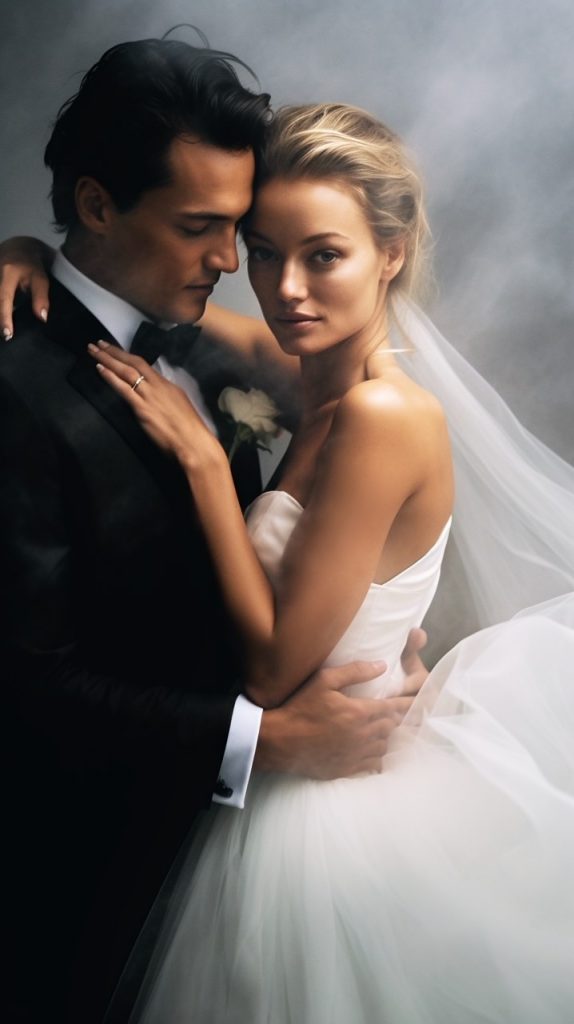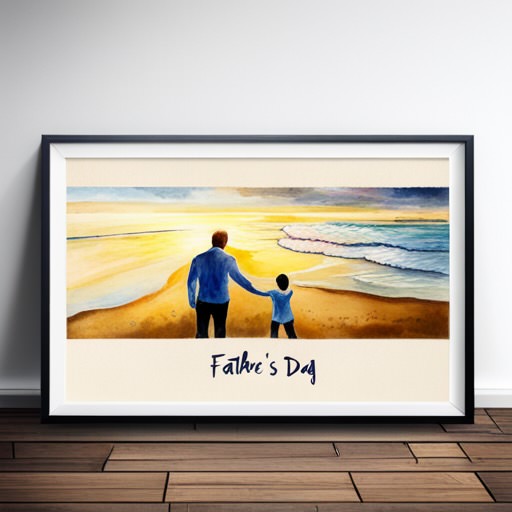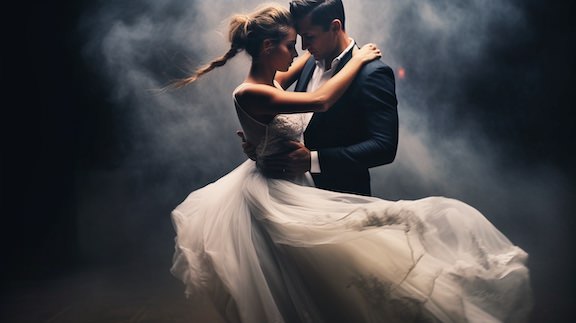Writing styles in literature refer to the distinct literary techniques that authors use to express their stories. They are the tools that storytellers use to craft their narrative in a way that is compelling, engaging, and satisfying—or unsettling and challenging—depending on their intention. The reason there are different writing styles is because each author has a unique voice and approach to storytelling, and different stories call for different methods of telling.
Think of writing styles as the colors on a painter’s palette. Just as an artist doesn’t use every color in every painting, a writer doesn’t use every style in every story. Instead, they choose the colors—or styles—that will best bring their vision to life. The styles chosen depend on the type of story being told, the themes the author wishes to explore, and the emotional journey they want their readers to embark upon.
In short, the style of a story serves the content. A simple, straightforward narrative might call for a linear, minimalist style. A complex tale exploring the subjective nature of reality might use a nonlinear, stream of consciousness approach. An author attempting to create a specific mood might use the vignette style, while an author trying to comment on the nature of storytelling itself might choose metafiction.
Moreover, different styles appeal to different audiences. Some readers prefer clear, linear narratives, while others prefer more complex and challenging structures. By varying their style, an author can reach different groups of readers, or engage the same readers in different ways.
Different writing styles also allow for experimentation and evolution in literature. They provide authors with the freedom to break traditional rules, to challenge readers’ expectations, and to create unique and innovative works of art. Without this variety, literature would be monotonous and stagnant.
In essence, the variety of writing styles is what makes literature rich and diverse. It allows authors to express their unique voices and visions, to engage with their readers in different ways, and to contribute to the ongoing evolution of literary art.
Minimalist: In the minimalist style, authors trim their stories down to the most necessary elements. This style is also known as “dirty realism” because of its focus on the mundane aspects of daily life. Raymond Carver is a classic example of a minimalist writer. His stories, like “Cathedral,” focus on seemingly ordinary people in ordinary situations, but through this focus, Carver explores deep and complex themes of human nature.
Maximalist: Maximalist short stories are quite the opposite of minimalist ones. They are characterized by excess and extravagance in terms of language, character, plot, and theme. They often contain lengthy sentences, heavy descriptions, and complex vocabulary. A maximalist narrative can encompass a broad range of themes and ideas, even in a short story format. David Foster Wallace is a well-known maximalist writer. His works often contain extensive footnotes and are packed with information, complex ideas, and intricate plot structures.
Stream of Consciousness: This style imitates the free-flowing, associative nature of human thought. It’s a highly experimental style, often featuring fragmented grammar, run-on sentences, and sudden shifts in idea or perspective. Famous examples include James Joyce’s “Ulysses” and Virginia Woolf’s “Mrs. Dalloway.” These works plunge the reader directly into the minds of their characters, showing their mental processes in real-time.
Linear Narrative: In a linear narrative, the events happen in a chronological order, which is to say, ‘in the order they occur’. This is the most traditional narrative style, and it’s often used because it is straightforward and easy for readers to follow. The plot typically starts with an exposition, introducing the characters and the setting, then follows a rising action, climax, falling action, and resolution. This form is often used in genre fiction, like crime or romance. Edgar Allan Poe’s “The Tell-Tale Heart” follows a linear narrative structure, as the protagonist tells his tale of murder in the order the events happened.
Nonlinear Narrative: Nonlinear narratives play with time and sequencing to create a different reading experience. The story might be told out of order, from end to beginning, or it might loop back on itself. For example, the short story “An Occurrence at Owl Creek Bridge” by Ambrose Bierce begins at its ending and then cycles back to explain how the ending came about. This method can be used to create suspense, to allow for multiple perspectives, or to explore the theme of memory and perception.
Epistolary: Epistolary narratives are told through written documents. These could be letters, diary entries, newspaper articles, or any form of written communication. This style allows the story to be told from a first-person perspective, but with a unique twist. It’s an effective way to present multiple viewpoints, to build suspense, or to deepen character development. “The Yellow Wallpaper” by Charlotte Perkins Gilman, for example, is told through the journal entries of a woman suffering from postpartum depression.
Flash Fiction: Flash fiction is a very short story, often under 1000 words. Despite its brevity, a good flash fiction piece tells a complete story, with a clear beginning, middle, and end. It demands precision and economy of language. Lydia Davis is a well-known practitioner of flash fiction; her stories, some as short as a sentence, explore intriguing situations or unexpected moments.
Magic Realism: This style blends the ordinary with the extraordinary. In magic realist stories, fantastical elements are presented as part of everyday life. This style is often used to explore deep themes or to critique society in indirect ways. Gabriel Garcia Marquez’s “A Very Old Man with Enormous Wings,” for example, tells the story of a couple who discover an angel in their backyard and react in a very mundane, human way.
Vignette: A vignette is a short, descriptive scene that captures a moment in time. Rather than presenting a complete story with a clear plot and resolution, a vignette might focus on a single moment or character, creating a strong mood or atmosphere. Vignettes can be powerful and evocative, inviting the reader to infer larger meanings or themes from a brief snapshot of life. Sandra Cisneros’s book “The House on Mango Street” is composed of a series of vignettes that each capture different aspects of the protagonist’s life and her community.
Metafiction: Metafiction is a form of storytelling in which the author intentionally draws attention to the artificiality of the narrative. The story might, for example, break the fourth wall by addressing the reader directly, comment on its own storytelling, or contain a story within a story. This style of writing can challenge readers’ perceptions of fiction and reality, and can be used to explore complex ideas about truth, narrative, and the power of storytelling. A famous example is “At the Mountains of Madness” by H.P. Lovecraft, where the protagonist finds a manuscript detailing the history of an ancient alien civilization. The story constantly reminds the reader of its status as a fictional narrative.
The writing style is a tool at the disposal of the writer, and different styles can serve different purposes. They can help establish a distinctive voice, present a narrative in a unique way, or illuminate a theme from a fresh perspective. The best writers are often those who can adapt their style to the needs of their story, rather than sticking rigidly to one approach.
Please note that if you purchase from clicking on the link, some will result in us getting a tiny bit of that sale to help keep this site going











